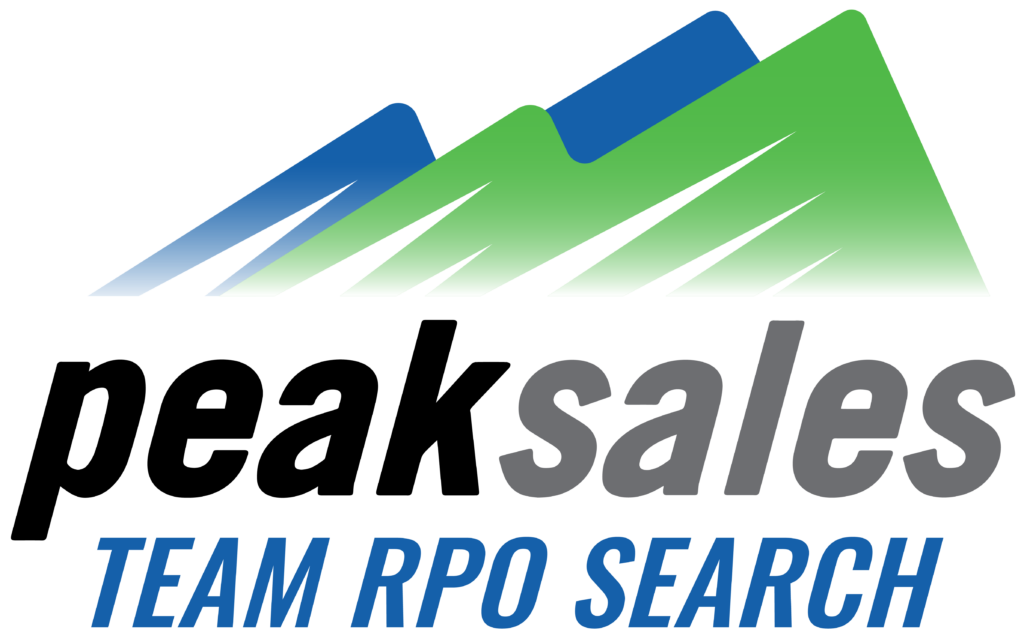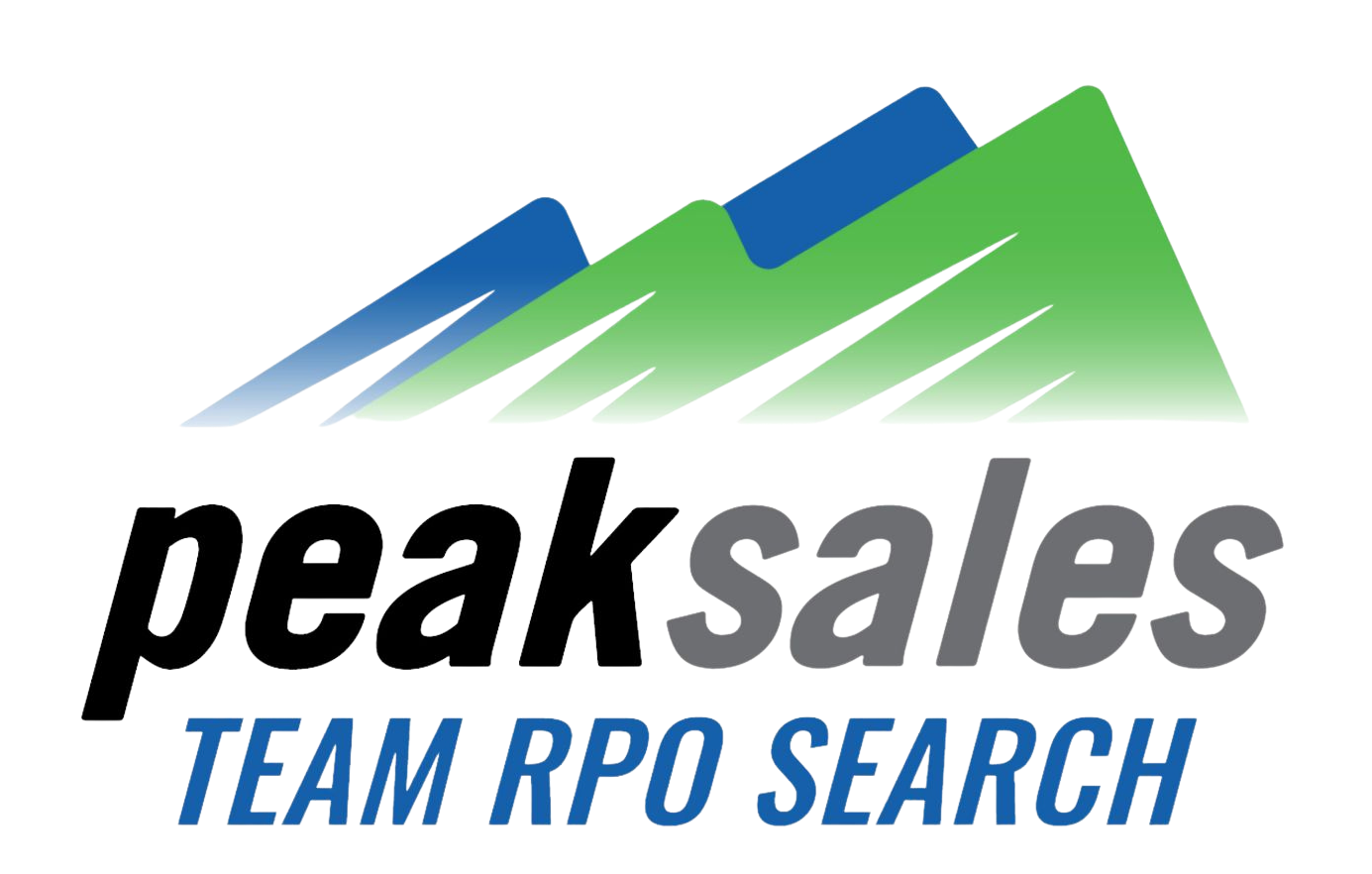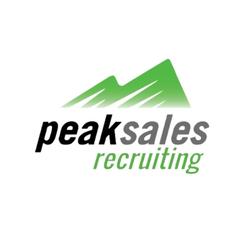Rapidly expanding a sales team is an exciting time to grow. The expansion opens new markets, allows the sales team to specialize further, and means faster top-line growth. These advantages are only possible if the risks of rapid expansion are well managed. Sales leaders can help to drive growth higher with the following support strategies.
What Got You Here Wouldn’t Get You There
The sales team management processes that worked when you only hired a handful of people simply will not work well at scale. When a sales team grows slowly, the impact of inefficient processes is harder to see. When you recruit 5, 10, or more people to the sales team in a month or quarter, it’s no longer good enough to rely on informal apprenticeship and leadership.
To prepare your sales organization for rapid growth, use these support strategies.
Support Strategy 1: Assess your onboarding processes
Imagine a promising salesperson asking you about their first 30 days at the company. What answer will you provide? Relying on each individual’s drive to “figure things out” is unlikely to yield predictable results. The first step to improving your onboarding process is to examine what you currently have in place and identify ways to improve it.
1) Outline your current sale onboarding process
As a sales manager or executive, take five minutes to outline your understanding of what new salespeople get at the organization. To aid the process, consider the following self-assessment questions:
- What sales training was provided?
- How was the salesperson introduced to other key departments in the organization (e.g., customer service, finance, and training)?
- What goals did the organization layout for the new person to achieve in their first 30-90 days?
- What technology was given to the new person?
- How was the new salesperson integrated into their new sales team?
Once you have your initial answers to these questions, validate your findings by speaking with the last three salespeople you hired. Take their answers with a grain of salt if they were hired over 12 months ago because they may have forgotten what it’s like to be new at your company.
2) Improve the first 30 days of the onboarding process with a checklist
Based on what you’ve discovered in the previous step, look for quick wins to implement in teh first 30 days. In many B2B sales organizations, it can take weeks or months to close complex deals. Therefore, your newly hired salespeople may have more capacity for onboarding in their first month.
In the first 30 days, look for ways to engage the newly hired salesperson with connections, training and your company culture. To avoid overwhelming new hires with a firehouse of information, use a limited checklist with 10 items or less. By focusing hires on the top 10 most valuable tasks, it is easier to stay focused on the top priorities.
Some potential items to include on your new hire checklist include:
- Customer stories. Salespeople need to understand how your customers think. Equip them with case studies, testimonials, surveys and other direct feedback from your customers.
- Sales technology setup. Make sure your salespeople have access to the critical tools they need like a phone, laptop, customer relationship management (CRM) and sales data (e.g. LinkedIn Sales Navigator).
- Product knowledge. Salespeople also need to know your products work. If you have a large catalog of products, focus on your best selling products. For example, does the company have a library of recorded webinars or videos? If so, these resources may be helpful in supporting new salespeople.
- Sales Numbers. Give your new hire some guidance on what is typically involved in closing a deal. For example, let them the average sales cycle time (e.g. six weeks) so they can plan their activity accordingly.
3) Stay humble and get new hire feedback
Rapid growth tends to put pressure on systems, people, and processes. Sales onboarding is no different. Avoid assuming your sales onboarding process is flawless – everybody has blindspots. Invite new hires to give suggestions on ways to make onboarding more effective.
Support Strategy 2: Balance sales team growth across the experience spectrum
The second way to sustain rapid sales team growth is to assess growth in terms of work experience. A combination of junior sales professionals (e.g. sales development representatives) and more senior salespeople (e.g. account executives) is often desirable.
Adding too many junior salespeople may be cost-effective. However, junior salespeople may require significantly more support to achieve their goals. The opposite is also true – a sales team that overly emphasizes highly experienced salespeople has its own challenges. Highly experienced salespeople can be more difficult to retain since they are in high demand.
There is no ideal ratio between junior salespeople and senior salespeople. Instead, it is a question of finding a balance that suits your sales goals.
Support Strategy 3: Reassessing your technology and process support
The process and technology that works with a sales team of a few people may not work when you add 10, 50 or 100 more salespeople rapidly joining the organization. To assess the quality of your sales processes and technology, use the following self-assessment questions.
- What administrative tasks cause the most complaints?
For example, do your salespeople complain about how it takes to get quotes or proposals approved and sent? Taking too long to issue these documents may cause lost deals. Creating templates may help to speed up the process. Likewise, review the interaction of the sales team with other company departments. For example, if salespeople are spending significant time following up on service problems, this may suggest you need a better customer support model.
- What activities keep salespeople away from interacting with customers?
When salespeople have to spend extended amounts of time finding sales data (e.g. prospect contact information), that research effort is acting as a break on productivity. Consider investigating a sales database like Zoominfo or Uplead to speed up the sales process. Alternatively, you may want to hire a sales researcher or sales development representative to support your more senior salespeople.
- What technology does the sales team ask for?
Salespeople, especially recently joined the company, have probably seen various sales technologies that you may not have in place. They may know faster ways to make sales calls, book meetings, and more. Make it a priority to periodically ask your sales team about processes or technology that could make them more effective. Testing a few new sales technologies that improve efficiency can significantly lift sales productivity.
As a sales team scales up, inefficiencies add up. For example, insisting on paper signatures rather than e-signatures may no longer make sense today. Eliminating paper processes alone may cut days from your sales cycle.
You’re Not Alone In Growing Your Sales Team
Expanding a sales team takes a lot of time if you do it alone. Fortunately, Peak Sales Team RPO Search is here to help. By helping you outsource some or all of your recruiting process, we can help you add in more salespeople rapidly.
Please visit our further Insights!










